2 May 2016
There are not many images in the history of photography that make you think about the ultimate meaning of a picture. One of them, taken in 1916, is a close-up of a woman, in New York, with a sign around her neck declaring that she is blind. It is by Paul Strand, an American photographer who was twenty-six at the time and close to the Pictorialist circles of the magazine Camera Work, which would publish the picture in 1917, attesting to the abrupt incursion of reality into the space of artistic representation and marking the beginning of modernism. For the whole of his life, Strand would continue to redefine the canons of 20th-century photography, revealing a present charged with historical and political implications and without ever losing sight of the desire to say something about society and give it a face. Clever, but never lapsing into artifice, Strand often mounted a fake lens on his camera to allow himself greater freedom of action: for the Mexican portraits of the thirties, he even inserted a prism in his Graflex. In 1945 the Museum of Modern Art in New York staged a major exhibition of his work, and shortly afterward he published his first book, Time in New England, in which we find churches, little houses, Quakers, Puritans and even two anarchists, the Italians Sacco and Vanzetti. Lodestar of Neorealist photographers and film directors after the Second World War, Strand died in 1976, and it is to mark the fortieth anniversary of his death that the Victoria and Albert Museum in London has chosen to show his work again, more than thirty years after the last exhibition. The project, carried out in collaboration with the Philadelphia Museum of Art and the Fundación MAPFRE, brings together 200 exhibits, including vintage prints, books, sketches and films (an opportunity to see Manhatta, 1921), and reaffirms once and for all that reality does not mar art, but if anything enriches it.
Paul Strand: Photography and Film for the 20th Century
Curated by Martin Barnes
Victoria & Albert Museum, London
March 19-July 3
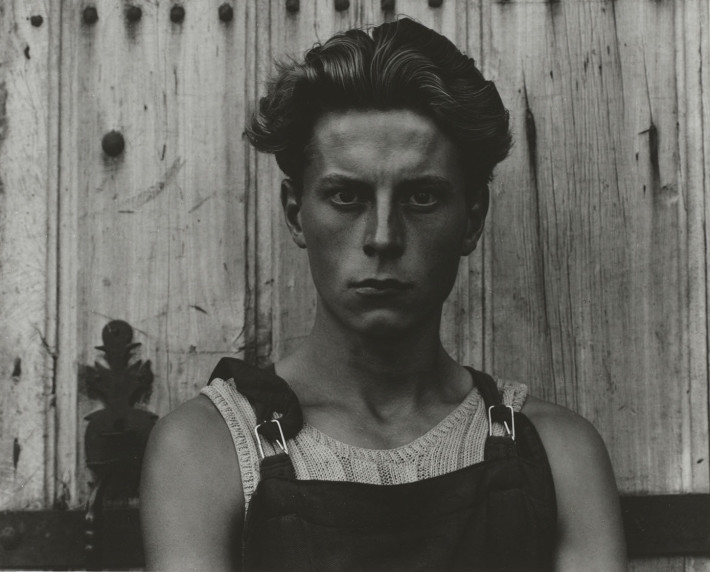
Paul Strand, Young Boy, Gondeville, Charente, France, 1951. © Paul Strand Archive, Aperture Foundation.

Paul Strand, Milly, John and Jean MacLellan, South Uist, Hebrides, 1954. © Paul Strand Archive, Aperture Foundation.
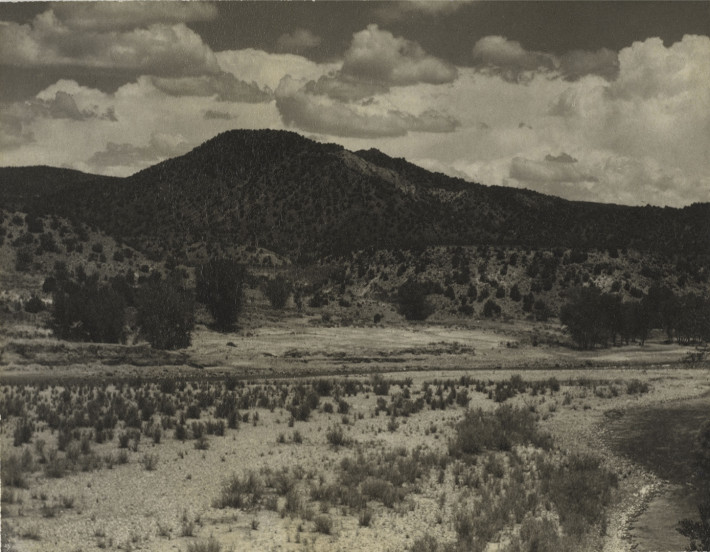
Paul Strand, New Mexico, 1930. © Paul Strand Archive, Aperture Foundation.
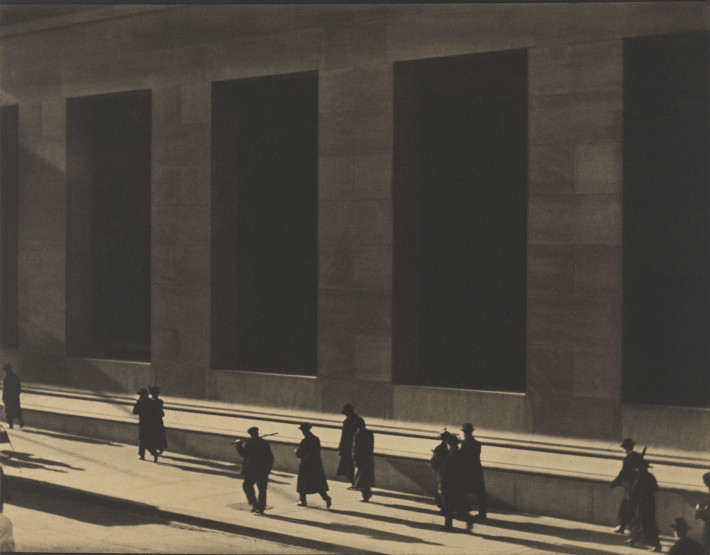
Paul Strand, Wall Street, New York, 1915. © Paul Strand Archive, Aperture Foundation.
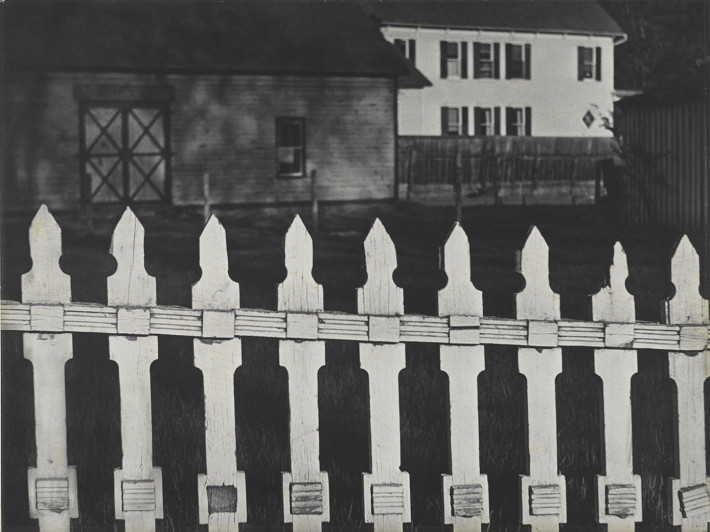
Paul Strand, White Fence, Port Kent, New York, 1916. © Paul Strand Archive, Aperture Foundation.
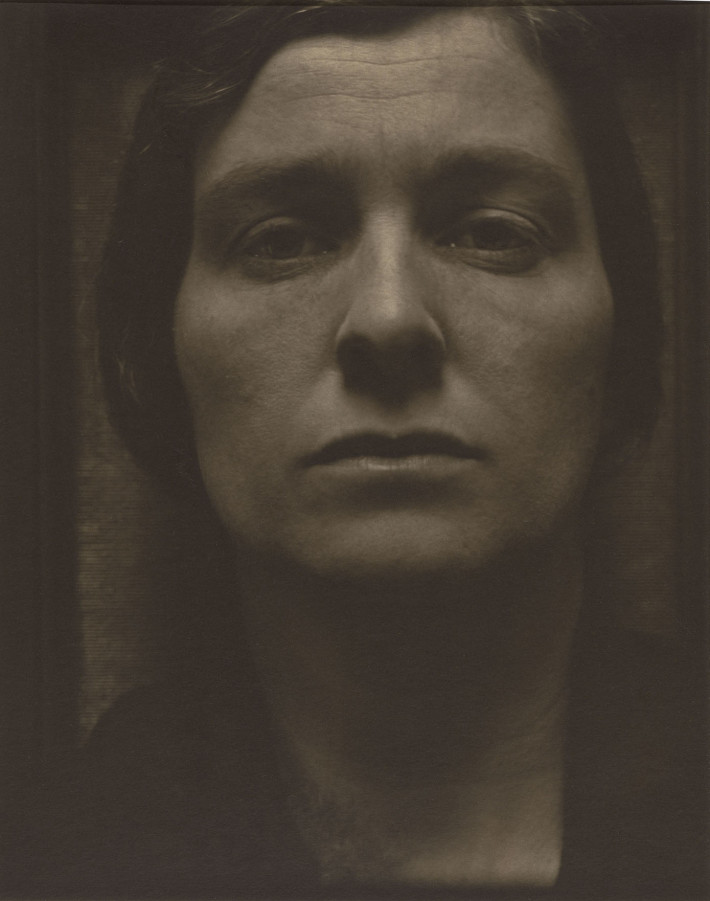
Paul Strand, Rebecca, New York, 1921. © Paul Strand Archive, Aperture Foundation.
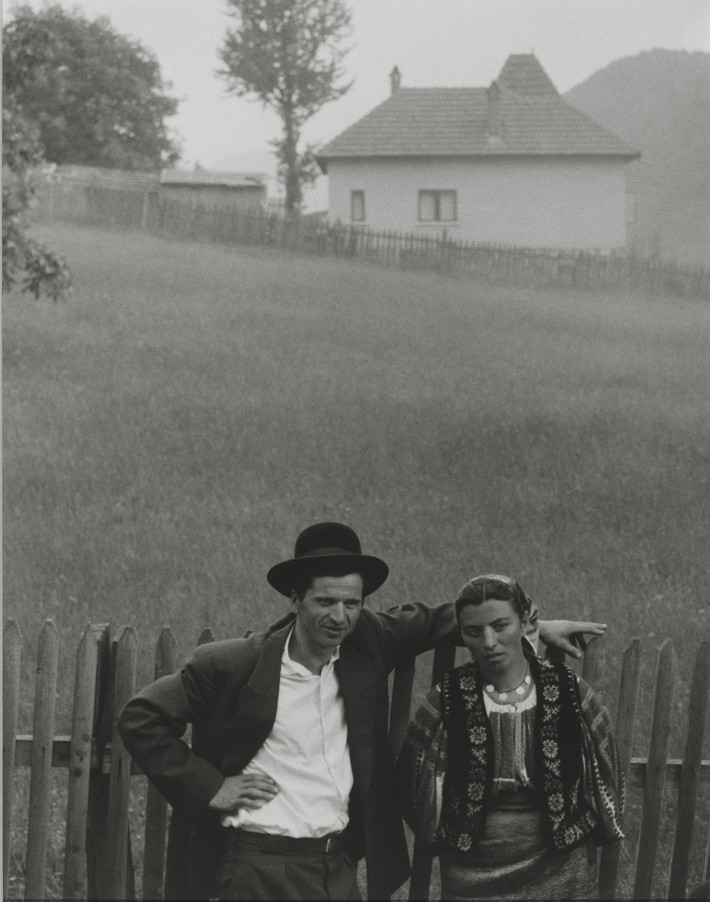
Paul Strand, Couple, Rucăr, Romania, 1967. © Paul Strand Archive, Aperture Foundation.
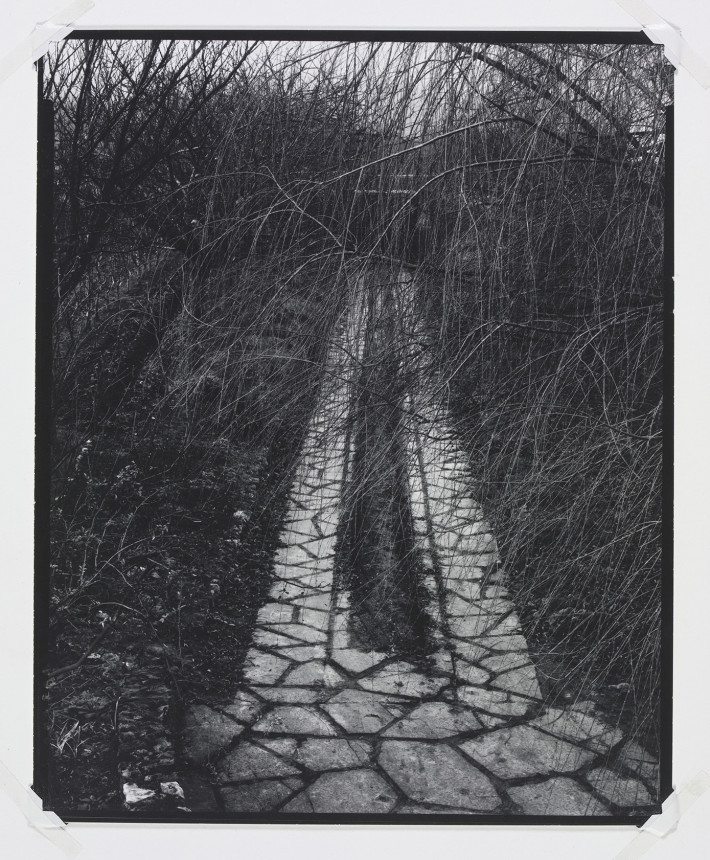
Paul Strand, Driveway, Orgeval, 1957. © Paul Strand Archive, Aperture Foundation.
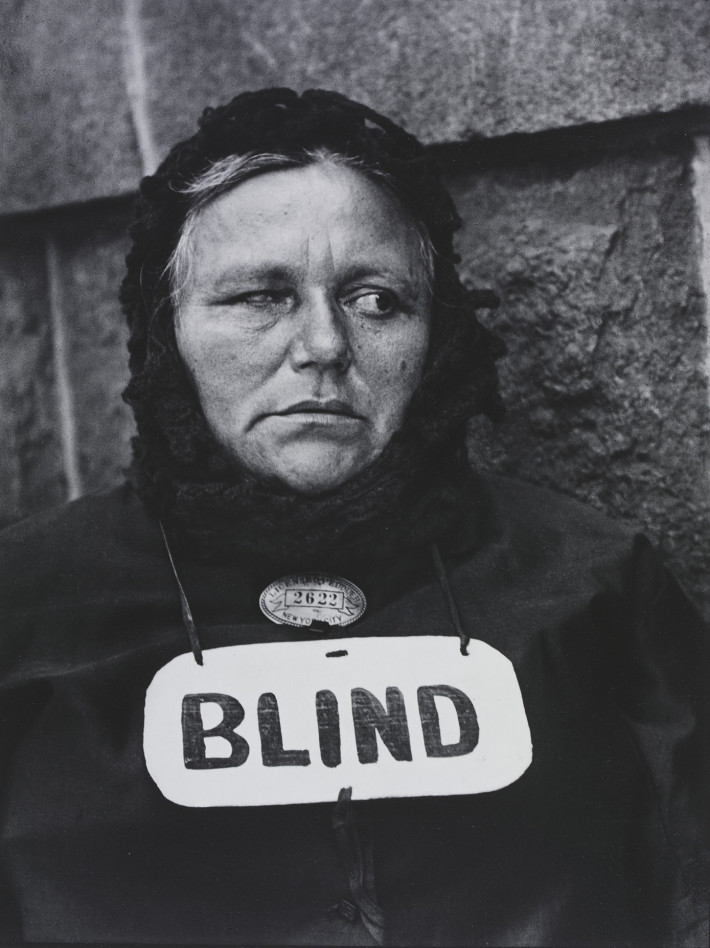
Paul Strand, Blind Woman, New York, 1916. © Paul Strand Archive, Aperture Foundation.